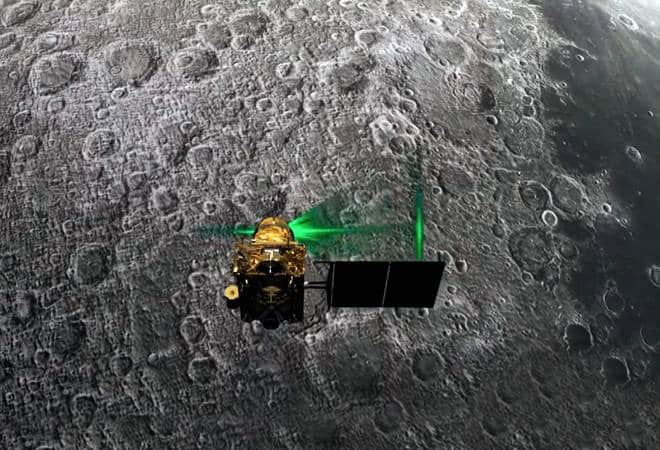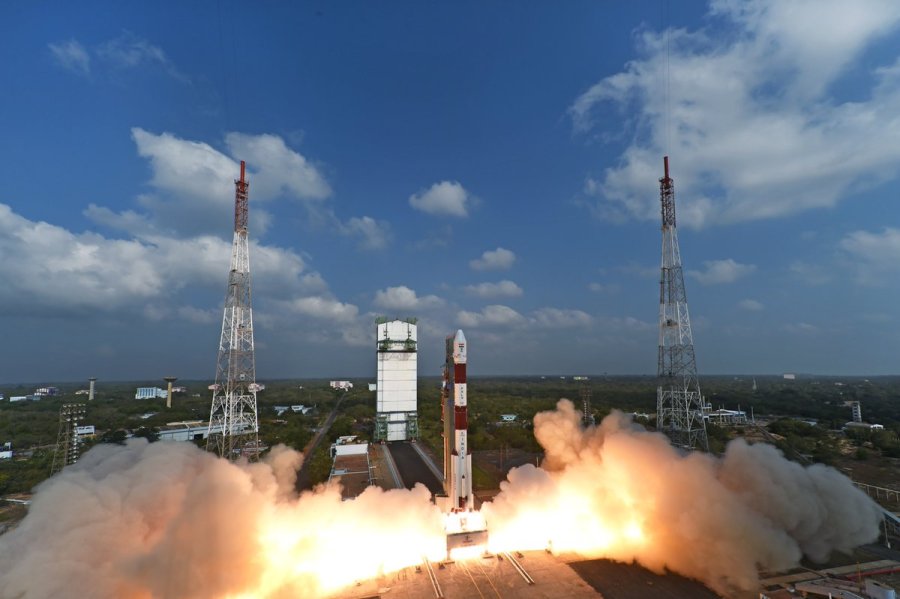The Pakri Barwadih megalithic site in Jharkhand, India, serves not only as an astronomical observatory but also as a calendar, with stones marking different seasons and festivals. Originating 3,000 years ago, the site is an enduring testament to the ancient people's celestial knowledge, culture, and connection with nature. Despite its historical value, it suffers from neglect, vandalism, and threats from urbanization and mining, urging immediate preservation efforts.










